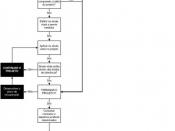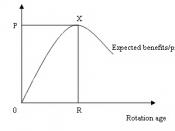1.Should the $100,000 that was spent to rehabilitate the plant be included in the analysis? Explain.
The $100,000 is a cost already occurred in the past and it was decided on a stand-alone basis. The plant would have been rehabilitated regardless of what would happen with the project, just to protect the company's property. This sunk cost should no way be included in the analysis. Of course the case would have been different if the plant hadn't been rehabilitated and its rehabilitation was decided now for the causes of the project
2. Suppose another citrus producer had expressed an interest in leasing the lite orange juice production site for $25,000 a year. If this were true (in fact, it was not), how would that information be incorporated into the analysis?
This information would cause only a slight change in the decision-making process. More specific we would not recommend realizing the plan if the average net profit per year (including the cost of capital) will be less than or equal to $25,000 which in fact can also be achieved with no risk at all.
In order to recommend realizing the project we should either be certain that our profit will be higher than our opportunity cost ($25,000), or have no better alternative to invest the company's capital. Of course the above are valid only if there is no cannibalization effect to our sales from the other's producer's activities. In this case if we accept his proposal and we assume this agreement lasts 4 years and the rent is being paid at the end of each period we have a NPV of 79,246 , which is greater than the NPV of our project which is 23,720. So assuming equal life of the projects and no other side-effect we would prefer to...


